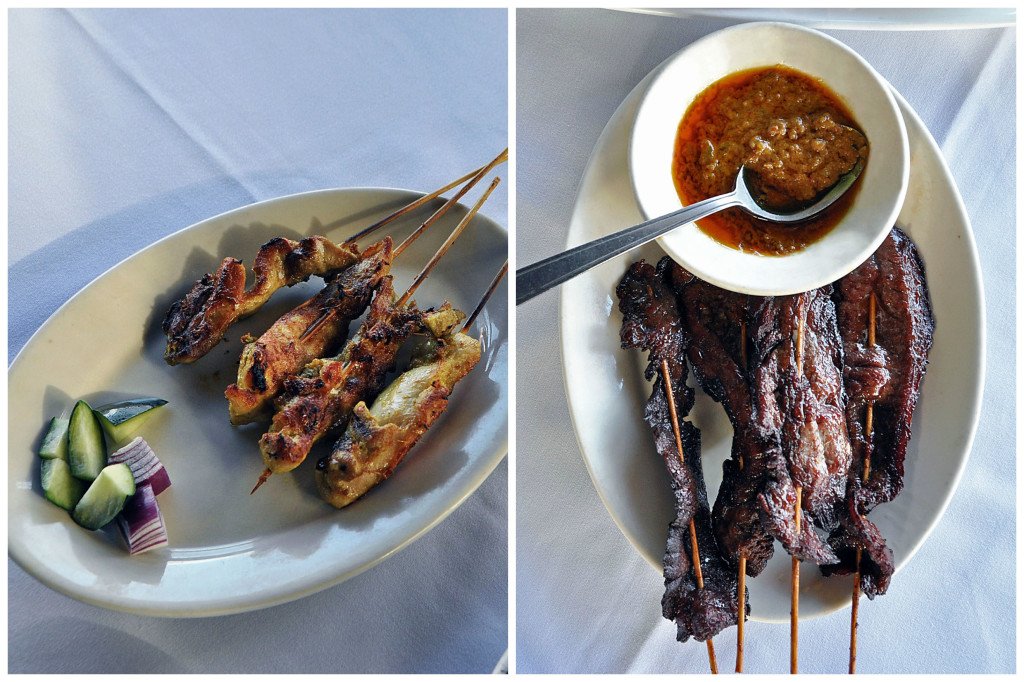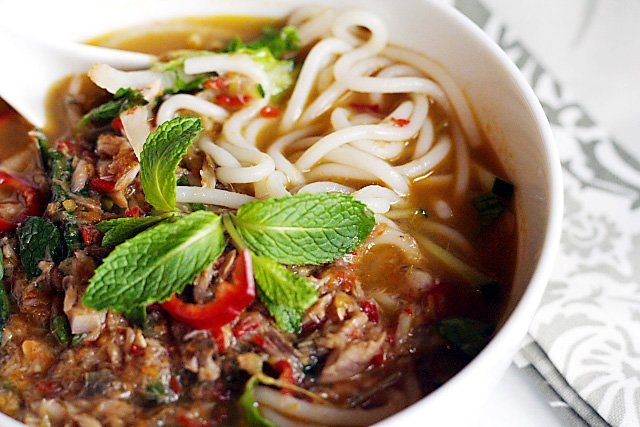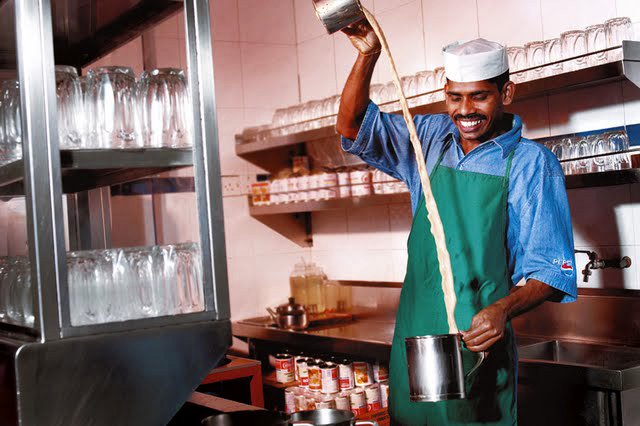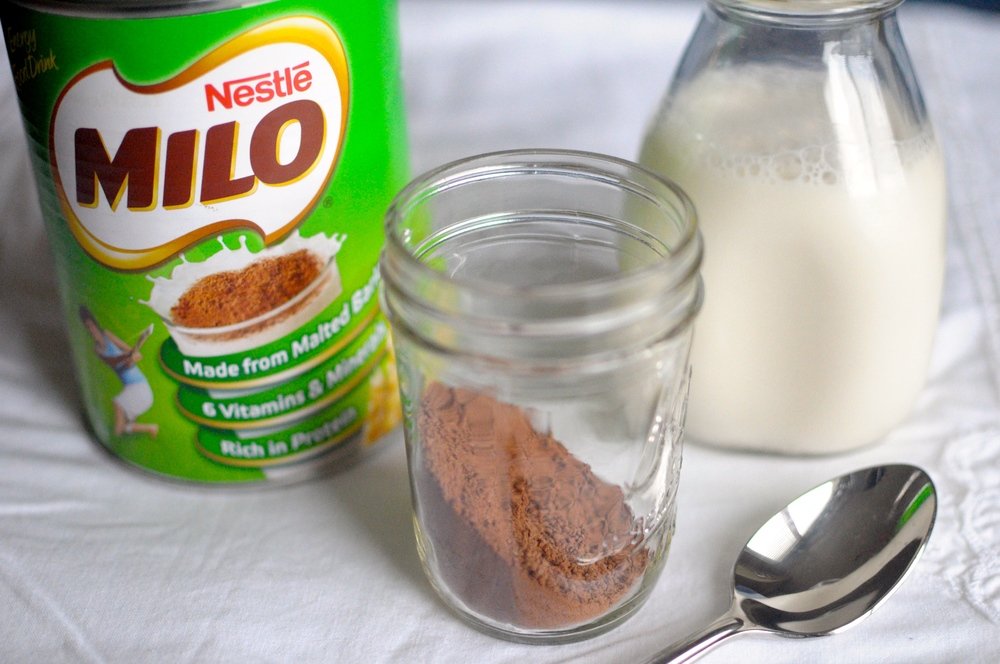Culinary Combos: Everything You Need to Know About Eating in Kuala Lumpur
With the August 13-14 International Foodie Weekend at Sanlitun Soho fast approaching (an event featuring cuisine from over 20 different countries, and a passport for attendees to collect prizes), TBJ has decided to make its latest travel blog all about a destination's delicious eats in order to better with our month-long gastronomy theme. So, without further ado, we give you our guide to KL, which continues with a special focus on food. We’ve decided it deserves its own feature, because this topic is simply too vast to squeeze into a couple paragraphs (see part one of this series, which focused more on KL sightseeing, here).
RELATED: Where to Indulge in Kuala Lumpur: Tips to Enjoy the Malaysian Capital
Malaysia is not just famous for its food – the cuisine is an integral part of the nation’s culture. For a true Malaysian experience, you need to get a taste of Malay, Chinese, and Indian cuisine. These are the three predominant ethnicities that make up the country’s population, and each of their backgrounds largely influence the multi-cultural community existing in Malaysia today.
The diversity also means that foods and tastes often overlap, meaning they don’t definitively fit into the following categories, though their flavors and ingredients are closely associated with them.
Malay

The unofficial pride and glory of Malaysia! This essential dish is a household name and, in my opinion, this is single most important dish every visitor must try. It is enjoyed at all hours of the day, meaning you can literally eat this for every meal, and no one will stop you. The main components include rice infused with coconut milk and pandan leaves, fried ikan bilis (anchovies), roasted pea-nuts, a boiled egg, cucumber slices, sambal (spicy shrimp paste sauce) and the option to add chicken and curry.

Much like the Beijing's chuan'r, these charcoal-grilled meat skewers are popular amongst street vendors at night markets. However, the flavors of satay contrast drastically from the skewers you may be familiar with. Served with a sweet roasted peanut sauce, satay is eaten with the sauce drizzled over the meat, making it rather difficult to consume neatly. There are countless variations of this dish with restaurants creating their versions with elaborate plating and delicate sauce placement.
Chinese
We can never seem to agree on a spelling for this dish but there’s one thing we can all agree on – it’s delicious. Stir-fried with prawns, bean sprouts, egg, soy sauce, chili, chives, and belachan (shrimp paste), this noodle dish will keep you going back for seconds. However, you may want to resist if you’re watching your diet as one serving rakes in a hefty 744 calories. The reason for this is that it’s traditionally cooked in pork fat and it was sold to fishermen who ate it as a cheap source of energy. Nowadays, it’s a popular street food dish but to get the best char kway teow you must head to the state of Penang.

Famous in Penang and Singapore, laksa has taken on many forms but its roots remain the same. The thick vermicelli noodles are cooked in a spicy concoction of curry, creamy coconut milk, numerous spices, and again, it wouldn't be the same with a smattering of belachan. Other ingredients like tofu puffs, fish balls and bean sprouts are thrown in for additional nutrition. The result is a spicy tangy soup that reminds locals of home, wherever they may be.
Indian
Pronounced “ro-tee cha-nai,” this crispy and buttery flatbread is a classic mamak (streetside restaurant) dish. Traditionally eaten without utensils, pieces of the bread are torn off and dipped in dhal (lentil curry), chicken curry or spicy curry. The flaky layers of the bread is formed by coating the dough in oil, spinning the dough in the air, until it is translucent, before folding it together. It sounds fun to make, but trust us, don’t try it at home. It takes extreme skill to make, especially because the dough is so prone to tearing. Watching a professional chef make it is a spectacle on it’s own and a performance not to be missed. If you get a chance, visit a mamak stall for the real KL experience.

If you’ve been following along till now, you may have noticed that Malaysian food contains a substantial amount of fat. The curry puff is no exception to the standard. The popular snack item is deep-fried to achieve the irresistibly crispy shell. Much like one would make dumplings, the curry filling is folded into rolled-out puff pastry and finished with a signature twisted edge. The most common filling is a combination of curried chicken and potatoes, but you can usually find a vegetarian version at mamak stalls.
Drinks
 This famous drink literally translates to “pulled tea” because, you guessed it, that’s how it’s made. It sounds strange and hard to imagine but the tea is actually repeatedly poured from one cup to another from a considerable height (as pictured above) to make it frothy. It’s a mystery how they manage to not spill a drop! While we leave the daunting task to the experienced chefs, we are love the sweet and refreshing drink to cool off from the Malaysian heat.
This famous drink literally translates to “pulled tea” because, you guessed it, that’s how it’s made. It sounds strange and hard to imagine but the tea is actually repeatedly poured from one cup to another from a considerable height (as pictured above) to make it frothy. It’s a mystery how they manage to not spill a drop! While we leave the daunting task to the experienced chefs, we are love the sweet and refreshing drink to cool off from the Malaysian heat.

This is a rather modern drink produced by the dairy products brand Nestlé but it has gained popularity in Malaysia and many other Southeast Asian countries. The name comes from the chocolate Milo powder used to make it. Loved by all ages, it’s easy to make at home by purchasing the chocolate powder and mixing it with hot water or milk, for a creamier taste. The reason why we suggest adding ice is because no one can stand a hot drink in KL. If you’re ordering at a mamak stall, it is called Milo ice rather than iced milo.
Fruit
 Known as the king of fruits in Malaysia, the durian has a reputation for being the stinkiest fruit in the world. If you’re staying in a hotel, most likely your hotel forbids residents from bringing it inside. There’s no hope in trying to hide it either because the distinct scent is detectable from miles away. You can occasionally order durian desserts at restaurants but its best to try your luck at finding street vendors, usually parked on the side of streets with a truck load of durian. Beneath the sharp spiky exterior are multiple segments that are split open to reveal the flesh of the fruit. This is the part which makes the pungent smell worth it. The creamy texture with a sweet, slightly savory, taste is truly unique. Some describe it as “butterscotch pudding,” and others, “onions caramelized in wine.” Regardless, whatever your fears of the fruit may be, it’s definitely worth a try. The secret to removing the smell from lingering on your fingers is to wash your hands in the hollows of the durian segment.
Known as the king of fruits in Malaysia, the durian has a reputation for being the stinkiest fruit in the world. If you’re staying in a hotel, most likely your hotel forbids residents from bringing it inside. There’s no hope in trying to hide it either because the distinct scent is detectable from miles away. You can occasionally order durian desserts at restaurants but its best to try your luck at finding street vendors, usually parked on the side of streets with a truck load of durian. Beneath the sharp spiky exterior are multiple segments that are split open to reveal the flesh of the fruit. This is the part which makes the pungent smell worth it. The creamy texture with a sweet, slightly savory, taste is truly unique. Some describe it as “butterscotch pudding,” and others, “onions caramelized in wine.” Regardless, whatever your fears of the fruit may be, it’s definitely worth a try. The secret to removing the smell from lingering on your fingers is to wash your hands in the hollows of the durian segment.

Whilst the durian looks like something out of a nightmare, the mangosteen looks like a magical fruit out of a fairytale. Known as the queen of fruits, this tropical fruit, native to Southeast Asia, is believed to have originated from Indonesia. The deep purple-colored shell protects the soft and juicy flesh that is fragrant and tangy. The segmented fruit has an edible seed in each individual segment, which some find distracting to the flavor, whilst others enjoy its the chewy texture. As a source of vitamins and minerals, the mangosteen also provides health benefits such as improving blood circulation and boosting the immune system.
Can’t wait any longer? You can get a taste of KL right here in Beijing at these restaurants:
Photos: Annie Lin, Mweats.com, Rasamalaysia.com, Msihua.com, Propertyguru.com.my, Mremersoncooks.com







